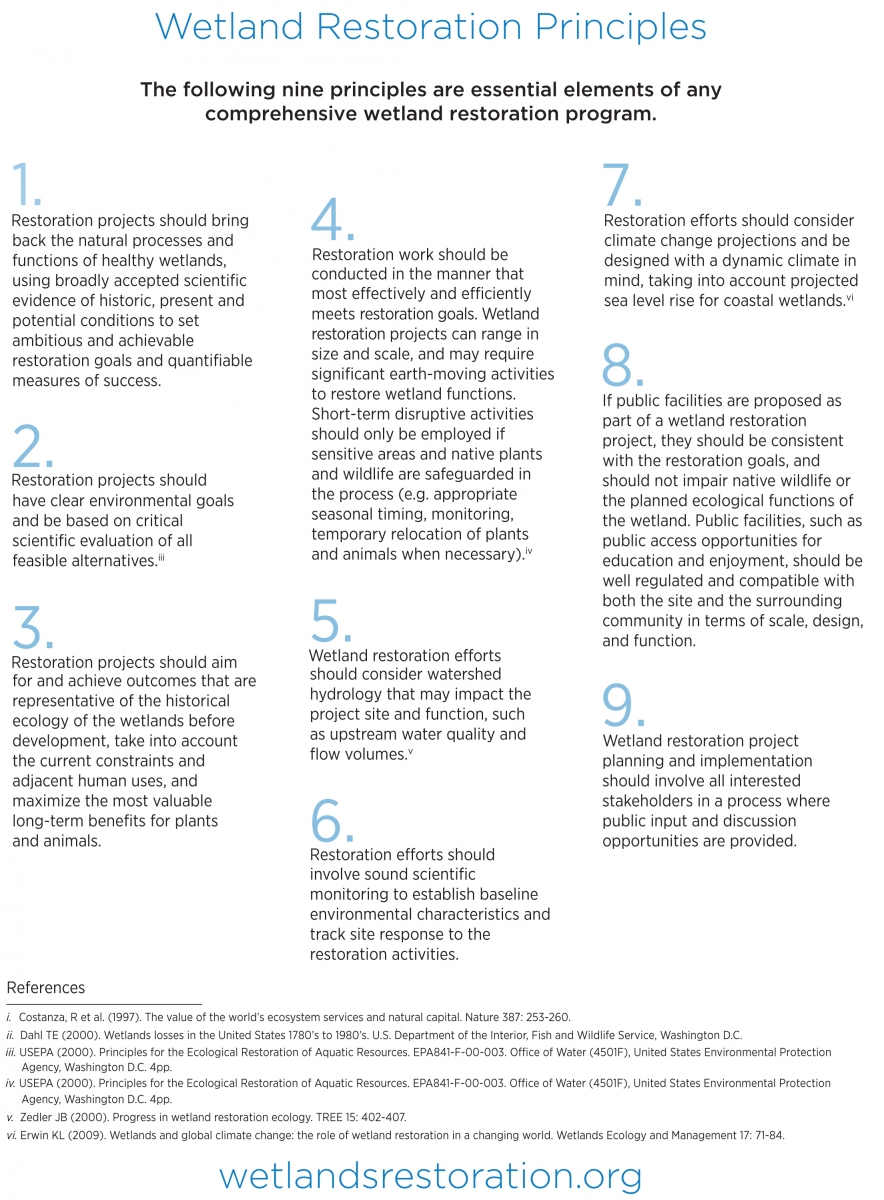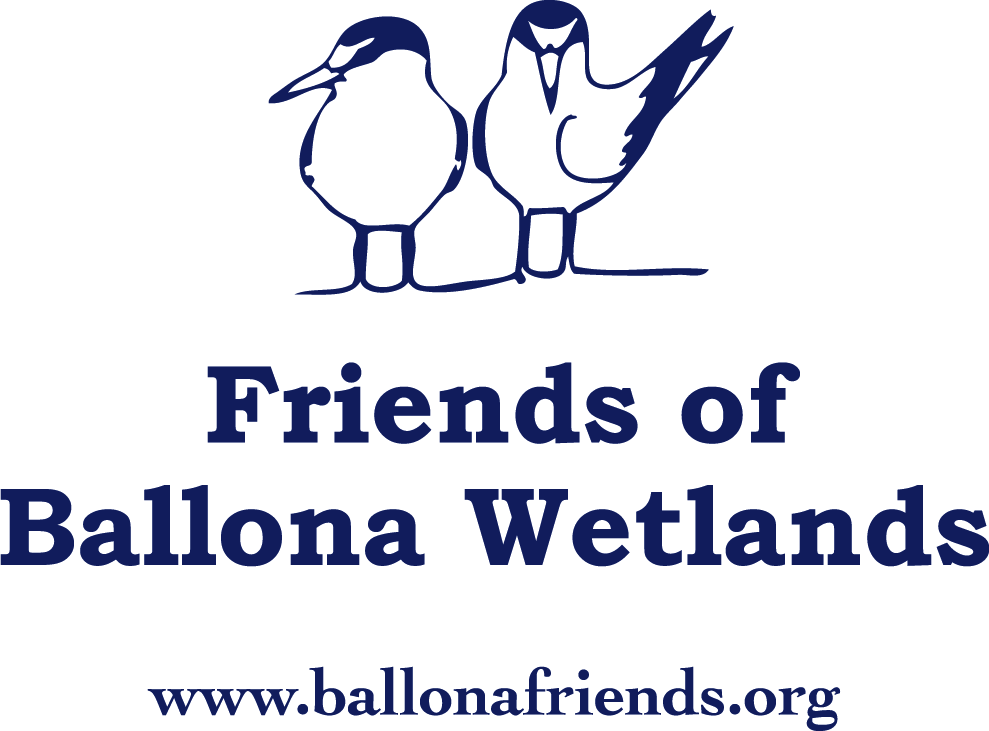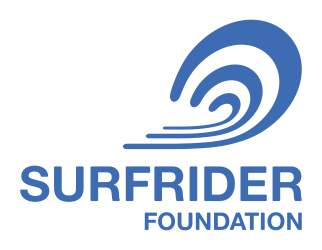Gov. Brown took a bold and necessary action to restrict California’s water use, writes Heal the Bay vp Sarah Sikich. But there’s much more to be done.
April 2, 2015 — Governor Brown issued a landmark executive order yesterday, announcing the first mandatory statewide water reductions in the history of California. It’s precisely the kind of leadership needed in California to change our water ways toward smarter management and water use.
Although some communities have made strong strides in water conservation, the previous approach involving voluntary conservation goals simply didn’t move the needle far enough on the state’s fast-dwindling water tank. The new mandatory 25% reduction in potable urban water use will compel more serious water conservation efforts by local governments and water agencies, along with the stick of enforcement. This effort alone will save approximately 1.5 million acre-feet of water over the next nine months – enough water to meet the needs of roughly 3 million households each year.
Heal the Bay hopes the State Water Resources Control Board takes this directive further. Instead of sunsetting the mandatory water restriction in February 2016 as outlined in the executive order, the board should make the directive the new norm. California’s water woes aren’t going away. We live in a region of permanent drought. It won’t do anyone any good if water use boomerangs upwards once the restrictions expire.
About half of urban water in California goes to irrigate landscaping and turf such as lawns and golf courses. The executive order requirement for 50 million square foot turf to be replaced with drought tolerant plants is a huge win. This equates to the removal of 868 football fields worth of water-sucking lawn.
Expansive green lawns simply aren’t natural in California. It’s now time we fully embrace the beautiful, drought-tolerant native plants that once occupied much of the state. Switching to less water-intensive landscaping does not mean sacrificing aesthetics. Besides, xeriscapes often require less maintenance than grass lawns at lower cost. The Executive Order also requires new homes and buildings to use water-saving drip or spray irrigation systems if they want to water landscaping with potable water.
Homeowners aren’t the only group impacted, the order includes a requirement for the State Water Resources Control Board to impose restrictions on commercial, industrial, and institutional properties like campuses, cemeteries, and golf courses. They will have to implement mandatory water efficiency measures to help meet the overall 25% reduction requirement.
The role of Big Ag
Unfortunately, agricultural interests got off easy in the Governor’s order.
Agriculture consumes 80% of California’s developed water, and is continually drawing deeper into the state’s depleted groundwater reserves. California is the breadbasket of the nation, and our rich agricultural legacy needs to be protected. However, to sustain agriculture during dry weather and climate change, agricultural water practices must change. Hard questions need to be asked about continued cultivation of highly water-intensive crops like almonds and alfalfa, which is used to feed livestock, and federal subsidies that support it. While Heal the Bay isn’t involved directly in agricultural policy, it’s understandable why many advocates seek changes to outdated water-rights management that allows agricultural interests to draw enormous amounts of water from the ground without metering and at little cost.
The executive order’s requirement for agricultural water suppliers to develop drought management plans does not go far enough to decrease the amount of water agriculture draws from the state’s surface and groundwater supplies. The order does nothing to require agriculture to actually decrease its water use, but rather calls for agricultural water suppliers to report on water demand over the past few years and highlight potential actions to better manage drought.
What about desal?
We applaud the Governor for calling on investment in new technologies, as there is much that can be done to capitalize upon all of California’s water sources. We believe it is imperative to diversify California’s water portfolio by accelerating technologies that expand potable and non-potable water uses in the most cost-effective, efficient, and energy conscience ways. The old adage of reduce – reuse – recycle applies just as neatly to water as it does to durable goods.
While ocean desalination may sound promising in the tech world, it’s fraught with challenges and environmental risks. Water conservation measures, stormwater capture, water-use efficiency, and wastewater recycling should be prioritized and implemented before ocean desalination is considered. These alternatives to desalination are not only less expensive, but also provide water quality, habitat, and energy reduction benefits. Desalination should really be a last resort when regions are looking for new water sources.
Heal the Bay is currently evaluating the State Water Board’s proposed desalination policy. Our team of scientists will be weighing in with recommendations on how to make sure that if desalination is pursued, it’s done as efficiently as possible while minimizing environmental impacts. Subsurface intakes show some promise for reducing marine life mortality (as opposed to open ocean intakes that not only suck in sea water, but also the marine life living within it). But, disposal of concentrated brine is still a huge challenge, especially when water purveyors propose to dilute it with water that could better be used to enhance California’s water supply. The process also requires enormous amounts of energy, which creates its own set of environmental challenges.
The Governor’s order is not going to solve all of the state’s water problems. Policy change is needed to help make it easier for local governments to capture and reuse runoff, which provides water quality benefits and can also recharge local groundwater supplies and increase water supply. Each day, the Hyperion Treatment Plant dumps more than 200 million gallons of highly treated wastewater into the Pacific Ocean. Imagine if we used that highly treated wastewater for irrigation and commercial purposes, thus taking pressure off drinking water supplies.
Capturing and reusing the rain
Urban runoff is one of the largest sources of pollution and one of the most underutilized water resources in California. For example, an average 1-inch storm in Los Angeles County sends over 10 billion gallons of runoff to the Pacific Ocean, along with the pollutants picked up and carried with it. Even on a dry day, tens of millions of gallons of water flows uselessly through L.A. County stormdrains to the Pacific. If treated and managed wisely, urban runoff can greatly increase local water supplies while simultaneously improving water quality throughout the state. Up to 630,000 acre feet per year could be generated by better stormwater capture and reuse in the state This volume is roughly equal to the amount of water used by the entire City of Los Angeles annually.
One of the biggest impediments to more effective stormwater management in California is Proposition 218. This law requires local governments to seek a two-thirds vote of the public before advancing a fee to help fund stormwater management programs. Essential services like water supply, sewer services, and trash are exempted from Prop 218. Unfortunately, stormwater is not considered an exemption to this high threshold vote, which has deterred local governments from using Proposition 218 to fund stormwater management projects and programs.
Reforming Proposition 218 to include stormwater as an exemption, similar to these other services, would greatly enhance local governments’ ability to most effectively manage urban runoff. Heal the Bay is partnering with a variety of groups, including local government organizations and water districts, to sponsor legislation that would allow for Propostion 218 reform for stormwater to be better used as resource, like drinking water.
Implementation of Gov. Brown’s directive will now fall to state agencies and local governments. Close collaboration is needed across sectors of government that have not always had to work together. Hopefully local government and water district leaders take a page from the Governor’s leadership manual and step up their game to better manage our precious water resources.
You can also do your part to help. Get educated on the issues – not only what you can do to conserve water, but also engage civically to support smarter water policies. Talk to your friends and neighbors. Tell them it’s time to get serious and make some substantive changes in how the state and all of us as residents view and treat water. It’s not enough to just turn off the water when you brush your teeth or to run the dishwasher only when it’s full. Serious commitment and systemic structural changes are required.
Change is hard, but it’s also empowering. We all need to work together to protect California’s water future.
Staff scientist Peter Shellenbarger, Heal the Bay’s water resources manager, contributed to this report.
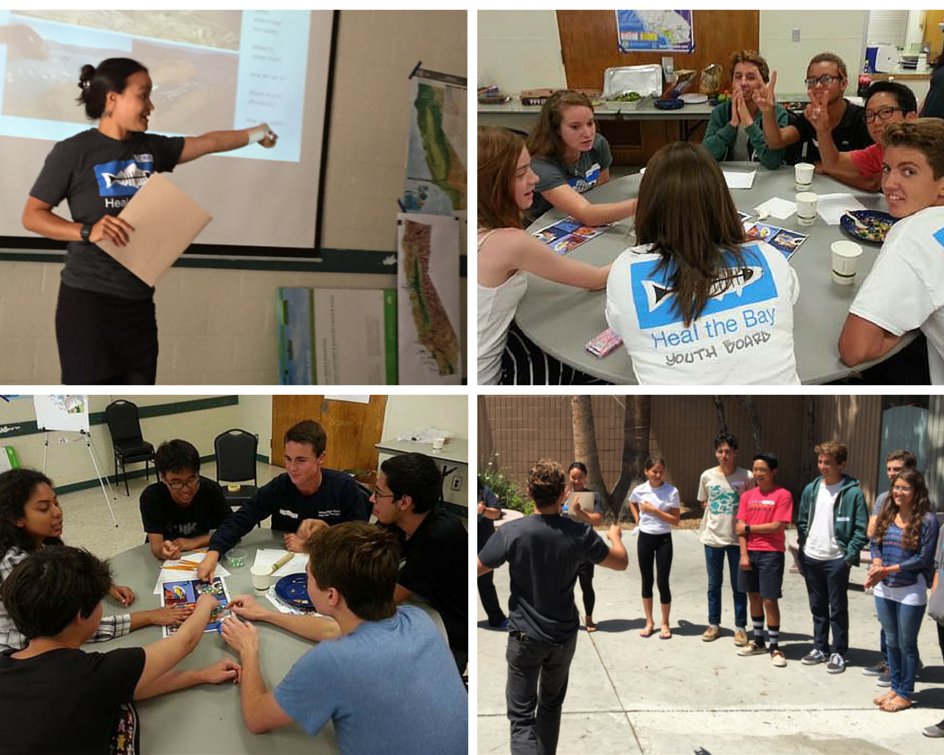



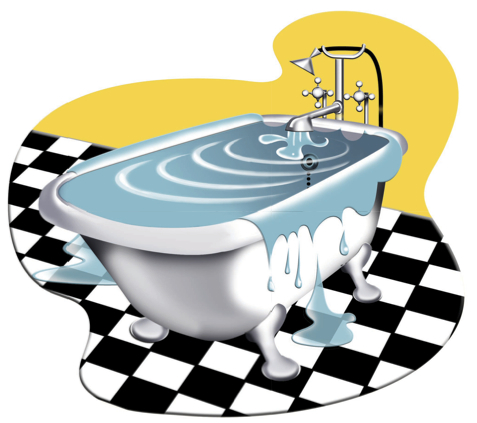

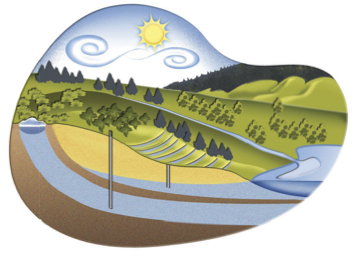
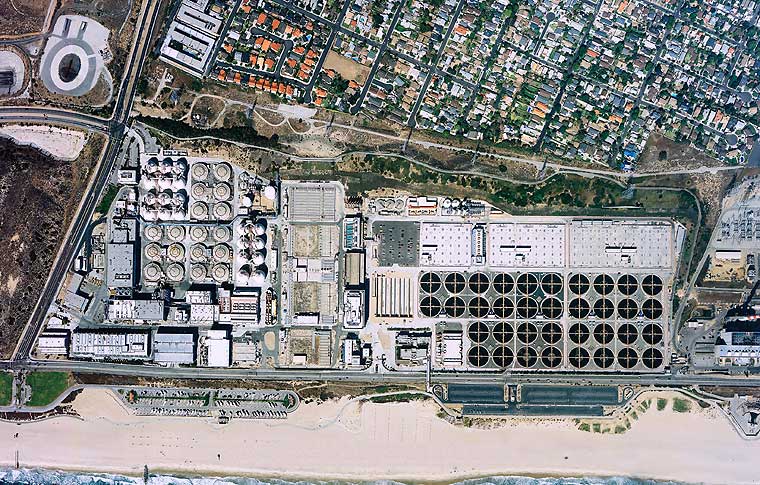
 Sincerely,
Sincerely,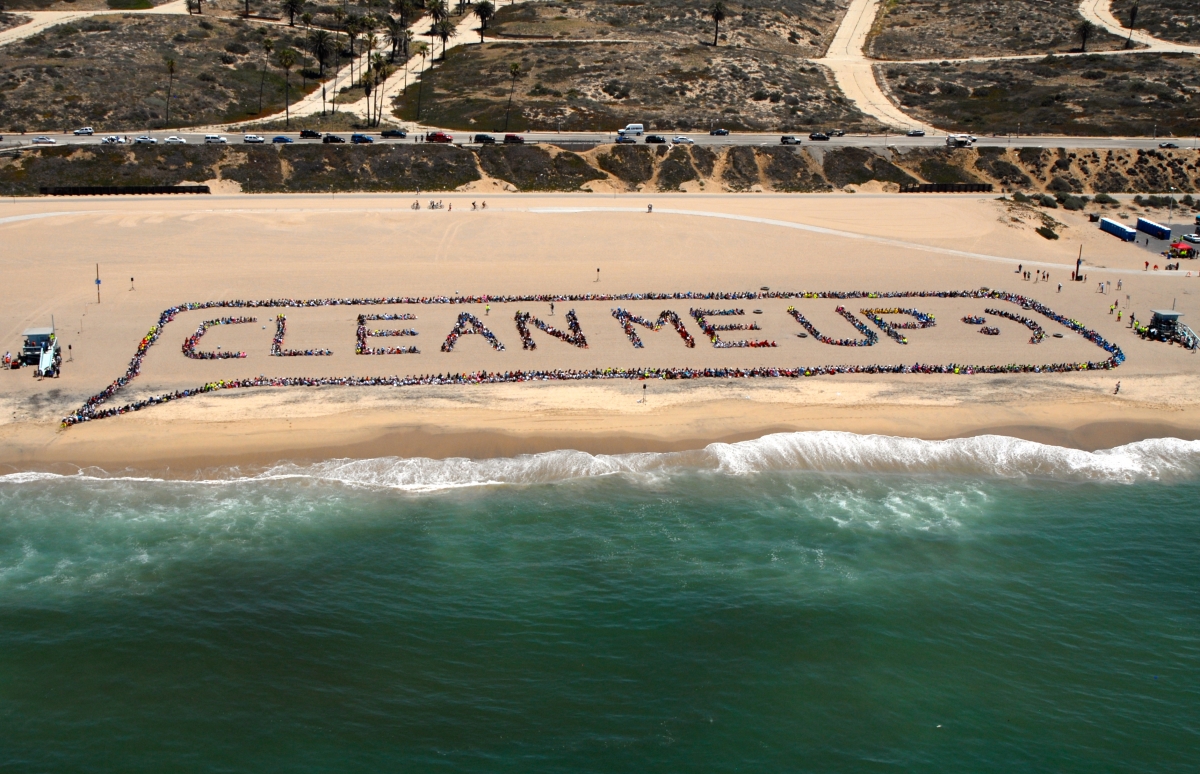 Kids Ocean Day from above. Photo Credit: Jeff Pantukhoff, Spectral Q, Kids Ocean Day
Kids Ocean Day from above. Photo Credit: Jeff Pantukhoff, Spectral Q, Kids Ocean Day
